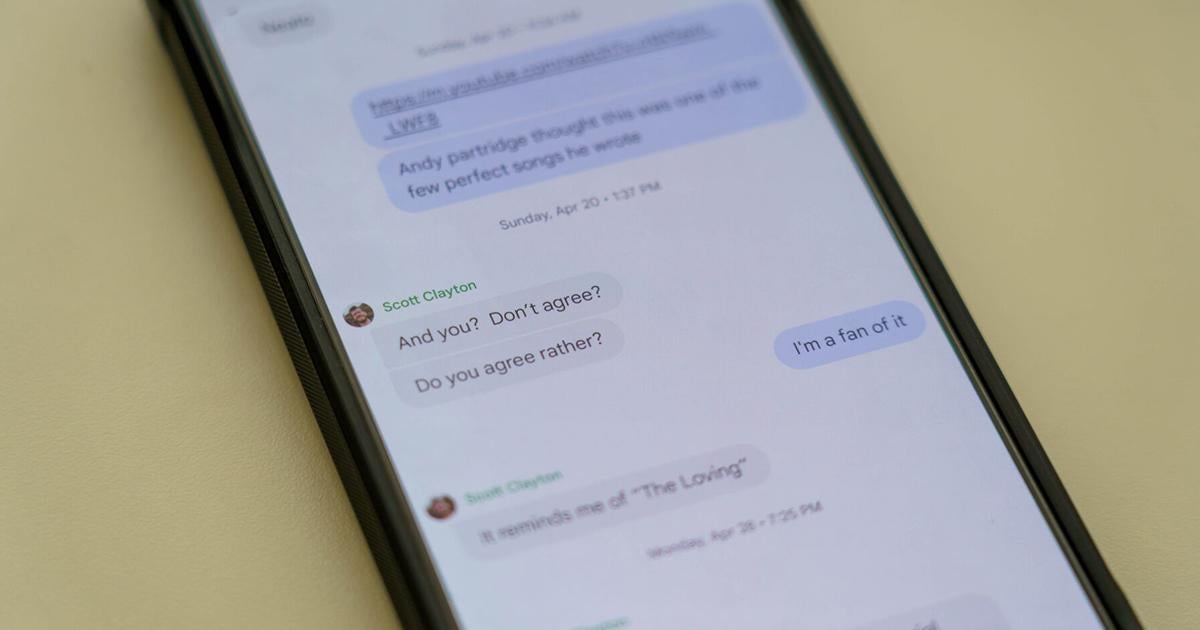Google Docs, Grammarly and the Associated Press Stylebook all agree: One space after a period is plenty. So why do I often see two at the end of sentences, whether it’s in a baking recipe, email or blog?
I’ve never double spaced after a period in my life. I didn’t learn to do it in school, and Google Docs certainly doesn’t reward the habit. If you grew up using typewriters, you may know why, or at least remember double spacing at the end of sentences. But for people my age — who first learned to type on computer keyboards and whose first documents were created online — the double space is something we never learned. Because of this, that tiny extra gap has become an immediate generational tell — and once you notice it, you can’t unsee it.
The habit originated from a writing tool that previous generations grew up using: the typewriter. Up until the late 20th century, typewriters were used for everything, from writing business letters to filling out forms — basically anything you’d dash off on a Google Doc today. Unlike modern digital fonts, typewriters used monospaced type, a font where every character received the same amount of space. For example, the letter “m” would be given the same amount of space as an “i,” making sentences look awkwardly uneven. What evolved from this was the practice of putting two spaces after periods to further distinguish new sentences.
This made perfect sense when fonts weren’t proportional and text looked crowded. But when computers brought properly spaced fonts, the extra space became unnecessary. Still, the habit remained muscle memory for many. Plenty of people who first learned to type this way simply never stopped, whether by habit or by choice — their thumbs kept adding that bonus space long after their last typewriter gathered dust in the attic.
Nothing gets under my skin faster than reading an article littered with double spaces. They feel unnecessary and excessive. On top of that, they’re simply less visually pleasing, cluttering the page with awkward gaps and holes. However, today those two spaces don’t just stand out — they’re technically incorrect. Despite my dad’s adamant claims that double spacing is the “right way,” almost every modern style guide, from the Associated Press Stylebook to the Chicago Manual of Style, insists on a single space. Microsoft Word and Google Docs will even underline two spaces with a colored squiggly line, branding it with a guilty label.
Still, the double space lives on — that is, at least according to my dad’s text messages and Facebook posts that are lined with dozens of double spaces where only a single would do. It irks me — but then again, I’m probably no better. My generation is famous for skipping punctuation altogether, shortening thoughts to lowercase acronyms such as “BRB” and “IDK” and using periods only when we want to sound passive-aggressive.
Maybe one day, my own kids will roll their eyes at my casual “LOL” or call me old-fashioned for still typing out whole sentences instead of letting artificial intelligence do it for me. But until then, I’ll keep backspacing through my dad’s sentences when he asks for proofreading, deleting spaces one by one. In fact, perhaps there’s something to be said about how that stubborn double space is its own rebellion against my generation’s rush to toss punctuation out the window.
